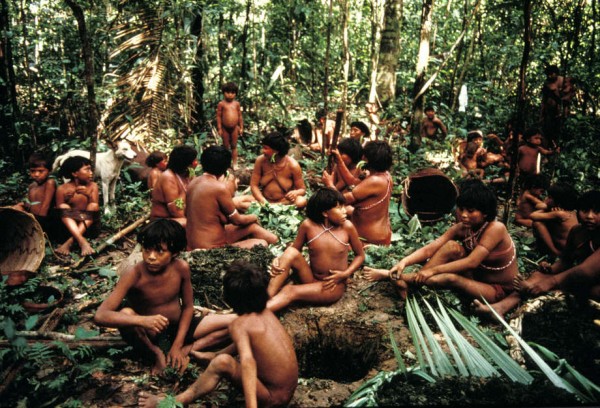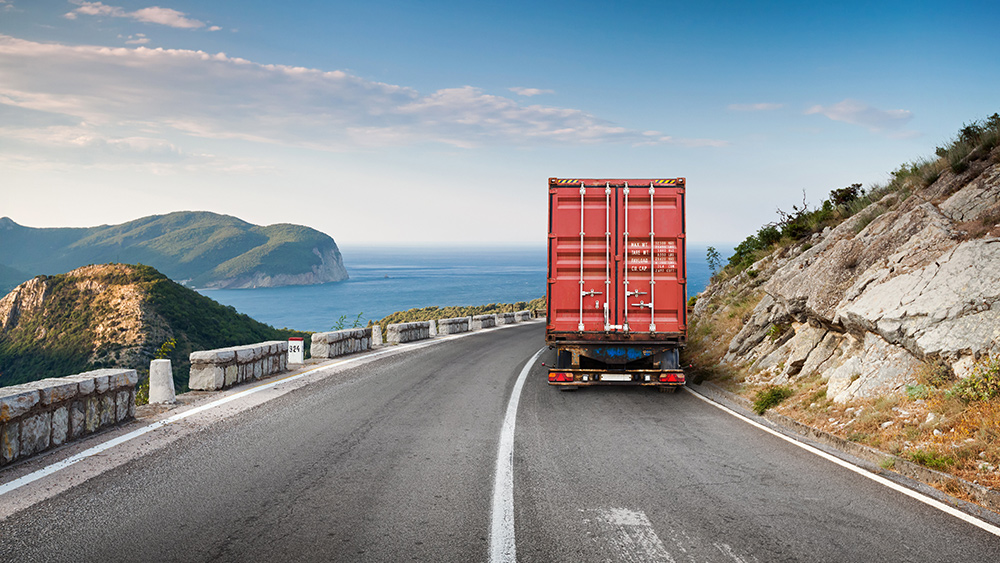
In late November, INPE released data showing that nearly 8,000 square kilometers of Amazon rainforest were lost to clear cutting between August 2015 and July 2016. The loss was 29 percent greater than the year before, when 6,207 square kilometers were cleared – largely as the result of clear cutting for crops, cattle-raising and illegal logging operations.
The increased rate of deforestation over the past two years is particularly worrisome because it represents a reversal of a decreasing trend that began in 2004 when the Brazilian government implemented anti-deforestation policies.
Amazon deforestation on the increase again after years of improvement
Following 2004, Brazil’s rainforest underwent a steady drop in lost yearly acreage until 2012, when the amount of clear cutting dipped below 5,000 square kilometers.
This decrease was viewed as a success story – in the late 1990s and for the first several years after the millennium, rates of deforestation in Brazil averaged nearly 20,000 square kilometers per year.
But after the 2012 low point, rates began increasing again. The current amount of square kilometers lost yearly is the highest since 2008.
Amazon activists blame the Brazilian government for a return to policies allowing deforestation to take place.
Greenpeace campaigner Cristiane Mazzetti said:
“The increase in deforestation rates can be linked to signals from Brazil’s government that it will tolerate the destruction of the Amazon. In recent years, public environmental protection policies in Brazil have weakened. For example, very few protected areas and Indigenous Lands have been created, and a new Forest Code was approved in 2012 that gives amnesty to those who committed illegal deforestation.”
Brazil’s political and economic crises led to weakened enforcement of deforestation laws
Recent political turmoil and an economic crisis in Brazil are almost certainly major factors contributing to the deforestation increase. Authorities now have less access to the financial resources needed for enforcement against illegal logging operations, which are far better funded than the law enforcement agencies themselves.
An almost irresistible money-making opportunity in the midst of the crisis continues to drive the illegal logging trade; many people who have no other viable source of income end up working for the logging companies just to survive.
The Brazilian Institute for the Environment and Renewable Natural Resources (IBAMA) is responsible for fighting illegal logging operations in the Amazon. Acting as Brazil’s environmental police force, IBAMA tries to enforce the law by intercepting and punishing offenders on the spot at clear cutting sites.
It’s dangerous and often futile work. The logging operations are better equipped, and can often spot IBAMA vehicles long before they can reach logging sites. One of the only effective methods IBAMA has against the loggers is to burn their trucks after they flee the site.
Recently, IBAMA’s budget was slashed 30 percent, which means the agency is now fighting a losing battle against the logging operations, as well as the clear cutting of forest to raise cattle and grow crops.
Amazon expert and scientist Daniel Nepstad said:
“The cost to the government–to Brazilian taxpayers–of catching and penalizing people who are clearing forests illegally is huge and Brazil’s economic crisis has cut into the budgets of the federal environmental enforcement agency (IBAMA) and the state level enforcement agencies. In addition to a weakened enforcement effort, beef prices have increased, making it more lucrative to convert forests into cattle pastures.”
Climate scientists say that preserving rainforests is one of the best ways to address climate change in the short-term, but even global warming skeptics would be hard pressed to defend the destruction of what has aptly been dubbed “the lungs of the planet.”
Sources:
Please contact us for more information.























